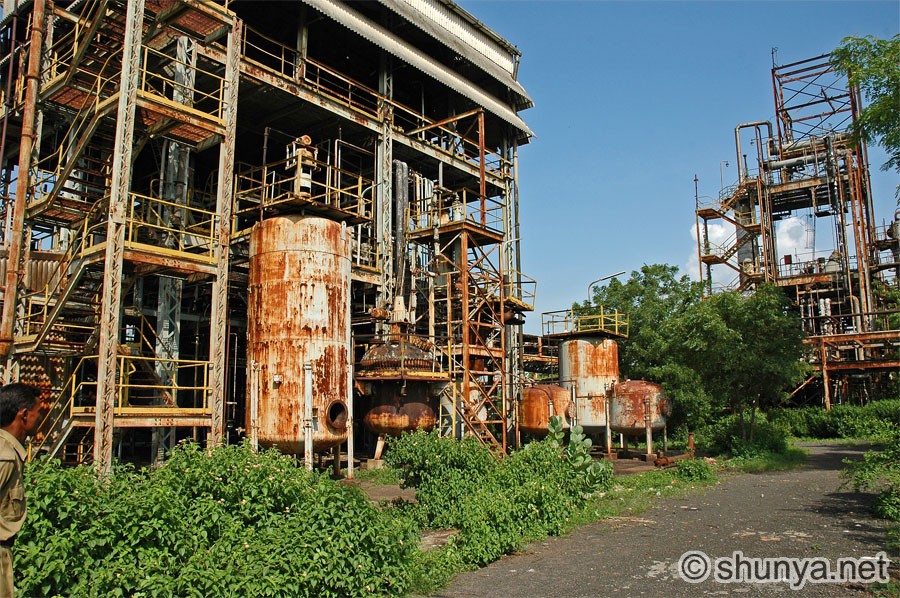 Yet another reason to question use of pesticides in the home: it has recently been linked to autoimmune disorders such as rheumatoid arthritis and lupus. In a study presented at the American College of Rheumatology’s annual meeting earlier this year, researchers concluded that women who sprayed pesticides at least six times a year doubled their risk of autoimmune disease. This risk was the same whether the pesticide was applied professionally or not. Read the rest of the story here, but that’s not the beginning of the journey nor is it likely to be the end.
Yet another reason to question use of pesticides in the home: it has recently been linked to autoimmune disorders such as rheumatoid arthritis and lupus. In a study presented at the American College of Rheumatology’s annual meeting earlier this year, researchers concluded that women who sprayed pesticides at least six times a year doubled their risk of autoimmune disease. This risk was the same whether the pesticide was applied professionally or not. Read the rest of the story here, but that’s not the beginning of the journey nor is it likely to be the end.Autoimmune responses in a nutshell describe the process of the body attacking and destroying healthy and important cells. It’s like sending the baby out with the bathwater, as the saying goes. The signaling pathway within the body that leads to the miscommunication is still not understood, and likely to be different depending on the person and the tissue attacked. Environmental exposures, however, are implicated as triggers.
The only human study done to date involved a spill of the pesticide hexachlorobenzine (HCB) in Turkey, where residents near the spill showed a drastic increase in autoimmune disease. Compared to previous studies on HCB, humans showed a much more sensitive autoimmune response, suggesting that animal models may provide only a conservative estimate of which exposures will show an effect in humans.
Most people are left with this review of the medical literature with their head in a kind of cloud as to what the data are really showing. Since almost all studies show some effect of pesticides on autoimmune responses, the precautionary principle should be invoked. It’s another case of the need to limit exposure to chemicals that may cause devastating disease in the future, because you may be one of the lucky few with genetic resistance to autoimmune disease, but your loved ones might not be.

 Whether you’re trying to keep your holiday gift shopping green, or trying to please a hardcore greenie on your list, these “best green gift” testimonials from the people of Toxic Free NC are sure to help! Readers, please leave your favorite green gifts in the comments - thank you!
Whether you’re trying to keep your holiday gift shopping green, or trying to please a hardcore greenie on your list, these “best green gift” testimonials from the people of Toxic Free NC are sure to help! Readers, please leave your favorite green gifts in the comments - thank you! 
